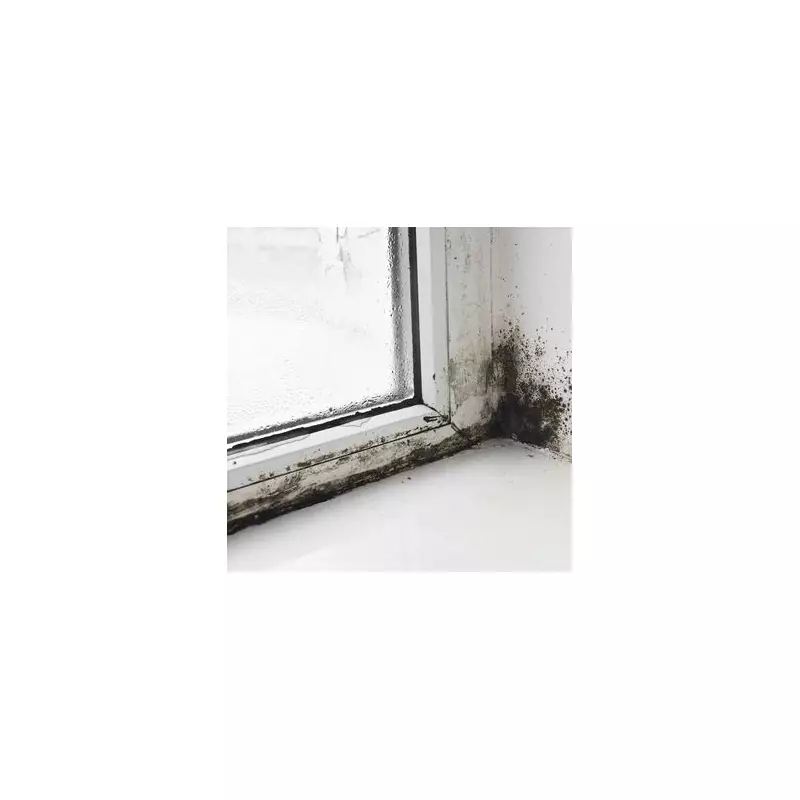
As winter tightens its grip, many households across the UK are facing a familiar and frustrating enemy: condensation. If left unchecked, this persistent moisture can quickly lead to the growth of unsightly and unhealthy mould. Fortunately, a few simple and effective strategies can help you keep both at bay.
Proactive Steps to Prevent Condensation
The key to winning the battle against mould is to tackle condensation before it has a chance to cause problems. One of the most effective methods involves a common household item: washing up liquid. By wiping your windows with a solution containing it, you can create an invisible barrier that repels water, significantly reducing condensation formation.
Kitchens are often a major source of steam, but a clever trick can cut this down by up to 90%. The advice is simple: always run the cold tap before the hot one when washing up or filling pans. This prevents the dramatic burst of steam that occurs when hot water meets a cold surface.
For those who regularly wake up to drenched windows, a practical investment is a window vacuum. These handheld devices can swiftly suck up large amounts of condensation in mere seconds, providing a quick and efficient solution.
Ventilation and Natural Solutions
One of the simplest and most cost-effective methods to reduce humidity is often the most overlooked. Opening your windows, even for a short period during the day, allows fresh, drier air to circulate. This flushes out the moisture-laden air that condensation thrives on and mould spores love.
How to Eliminate Existing Mould
If mould has already taken hold, you need to act fast to remove it. A commonly recommended solution is to use bleach to kill the fungus. For a more lasting effect, you can use a three per cent hydrogen peroxide solution. The method is straightforward: spray it onto the affected area, leave it to work for ten minutes, and then wipe it clean.
For a cheaper and more natural alternative, white vinegar is highly effective. Add it to a spray bottle, apply it directly to the mould, and let it sit for about an hour before wiping the area clean. For more stubborn patches, you may need to use an old toothbrush or a scourer to scrub the spot away.
By understanding these simple steps, you can protect your home from the damaging and unhealthy effects of condensation and mould throughout the winter season.





